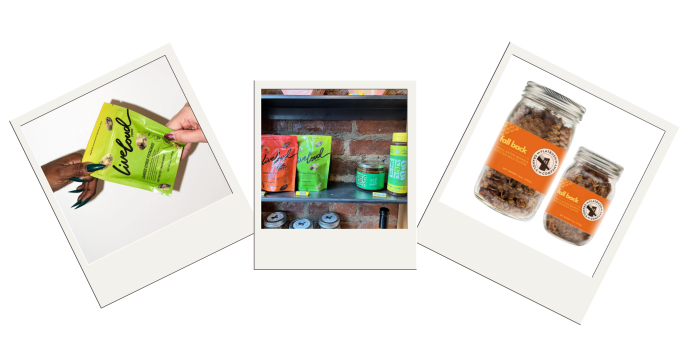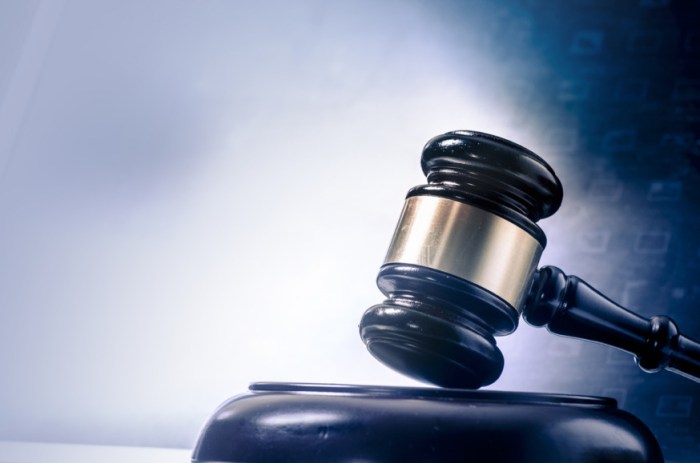A patient, after being advised that he would be an ideal candidate for TherMatrx transurethral microwave thermotherapy to relieve his symptoms of prostate enlargement is happy to avoid surgery and a lifetime of medication but then usually asks, “What is TherMatrx and what will I actually experience?” What follows are the answers to these questions.
The procedure is done in the office at any convenient time, morning or afternoon following the usual breakfast and/or lunch. All regular medications, including those for diabetes or high blood pressure are taken at the usual times. An antibiotic will also have been prescribed in advance of the procedure.
If the patient should happen to be on a blood thinning medication such as Coumadin, Plavix or aspirin, he will usually be asked, after consultation with the prescribing physician to discontinue the medication for a week before the procedure. If the patient’s doctor advises that it should not be stopped, the procedure can still be safely done without interrupting the anticoagulation.
At the office a small oral dose of Valium and Codeine is administered. When the medication has had a chance to take effect, the patient lies down on the examining table and a flexible soft rubber rectal thermometer is gently placed so the computer can get a continuous temperature reading.
An antiseptic is used to cleanse the penis and Lidocaine sterile topical anesthetic jelly is gently placed into the urethra. The jelly anesthetizes the urethra on contact. Then the TherMatrx microwave applicator, a thin, soft, flexible silastic tube, is gently guided through the Lidocaine jelly into the bladder and retained in proper position.
Built into the end of the applicator is a microwave antenna, located and positioned exactly inside the prostate. The applicator also contains two thermometers for measuring the temperature inside the prostate during treatment. The energy is applied slowly, gradually increasing the temperature of the prostate’s interior from normal body temperature of 37ºC to a maximum of 50.5ºC. The computer maintains that temperature for 30 minutes and then shuts itself off stopping the microwaves.
The patient remains comfortable during the 30 minutes and is given water to drink if he feels thirsty. Any urine that comes to the bladder during this time immediately comes out through the applicator tube so there is no need to urinate during the procedure.
After the procedure the applicator is removed.
The patient gets off the table and is given instructions as to what to do for the next few hours. He is sent home without a Foley catheter and is able to urinate on his own in the vast majority of cases. Total time in the office is usually about two hours. How much better is this non-surgical office procedure than to undergo surgery in the hospital under anesthesia with all the risks and hazards that may be involved?
Have a Question? Call Dr. Okun at 718-241-6767























